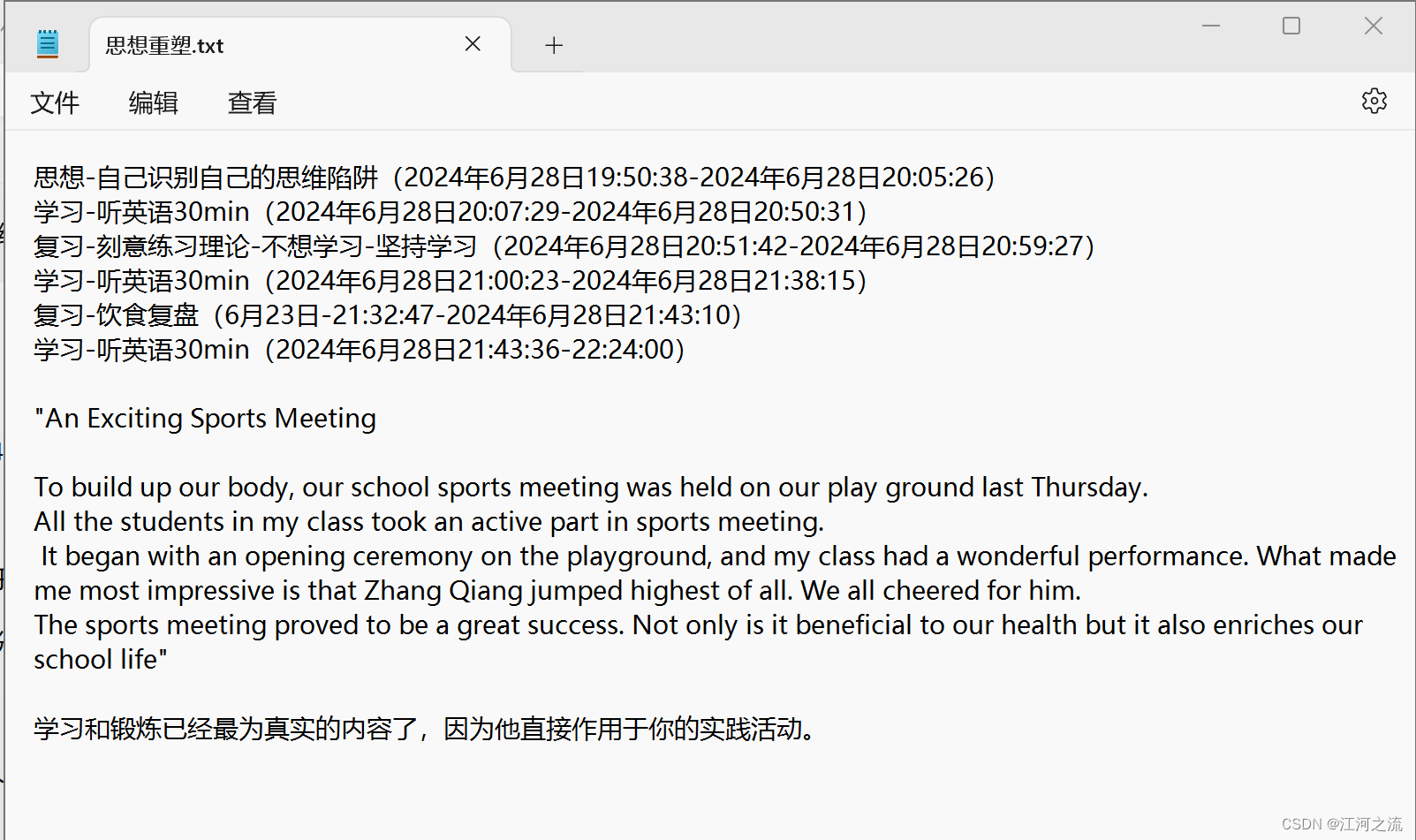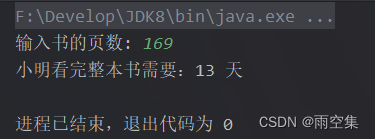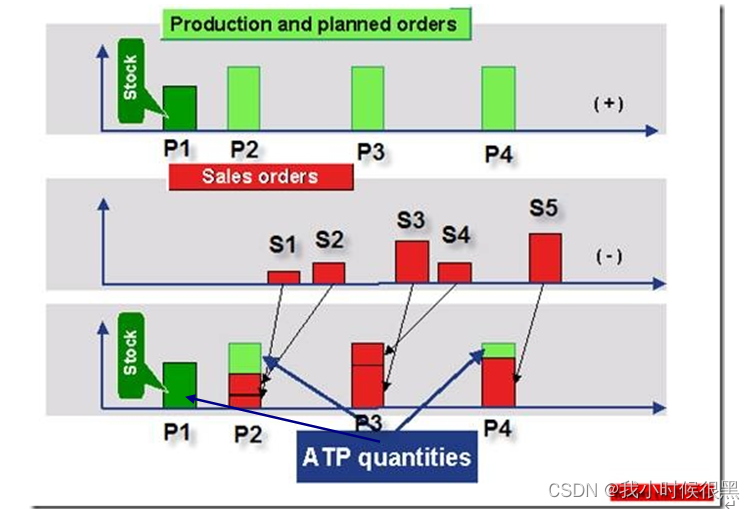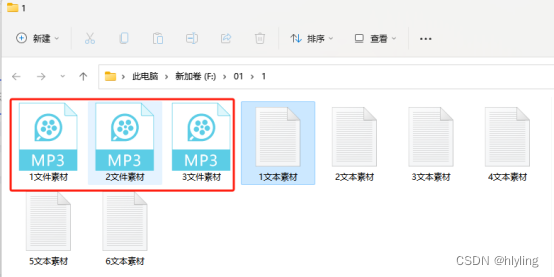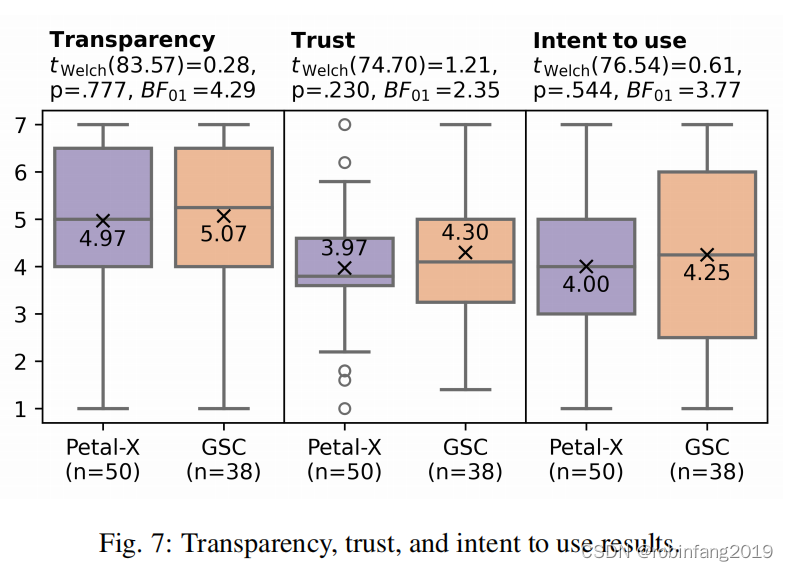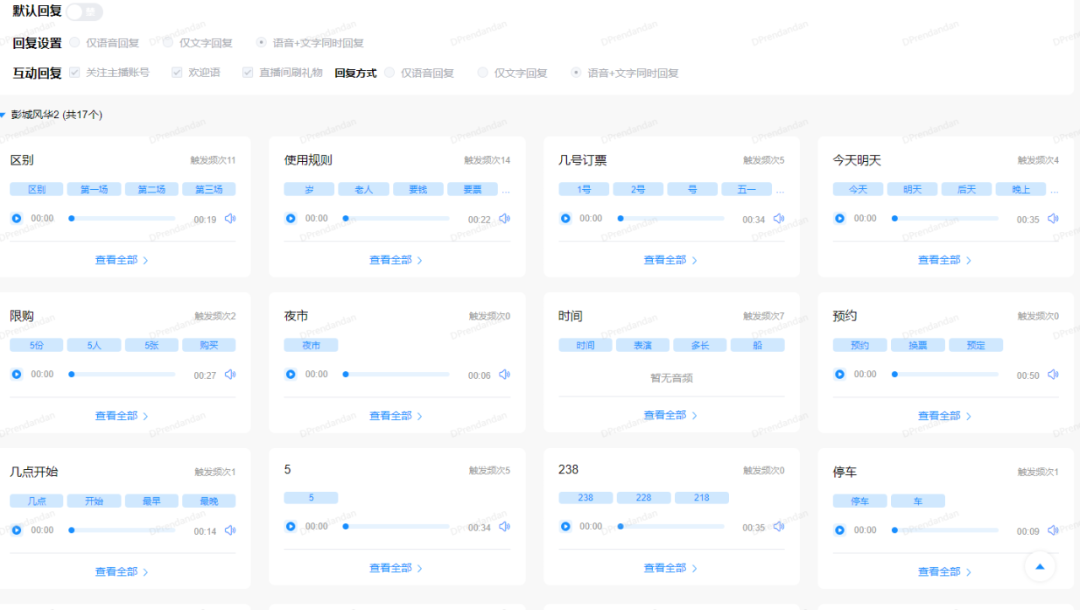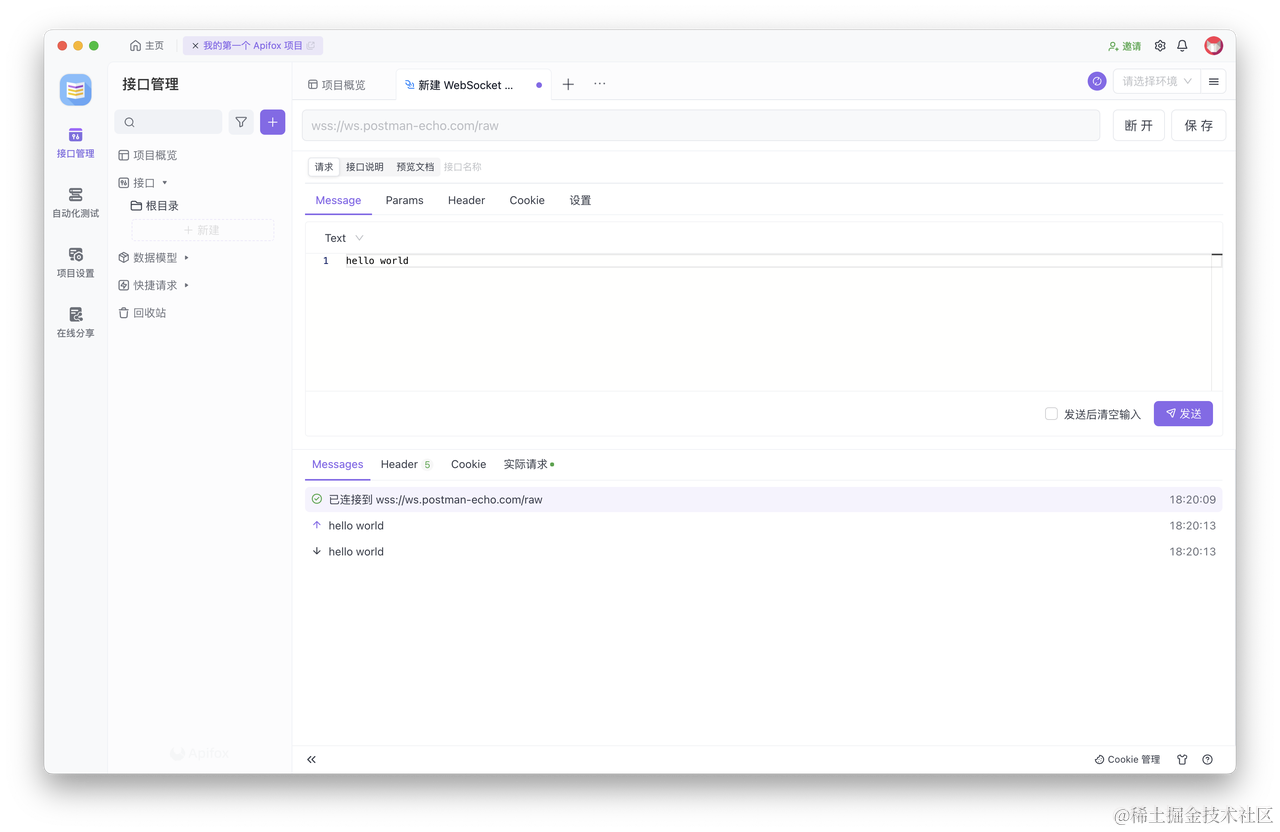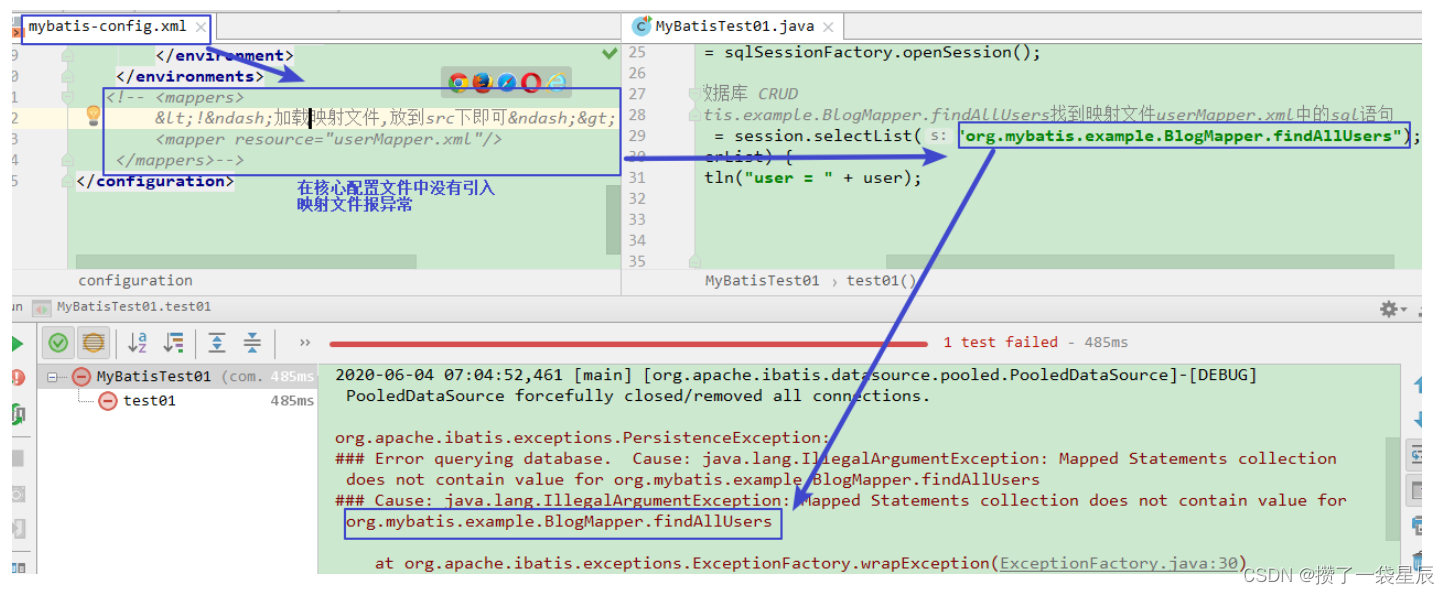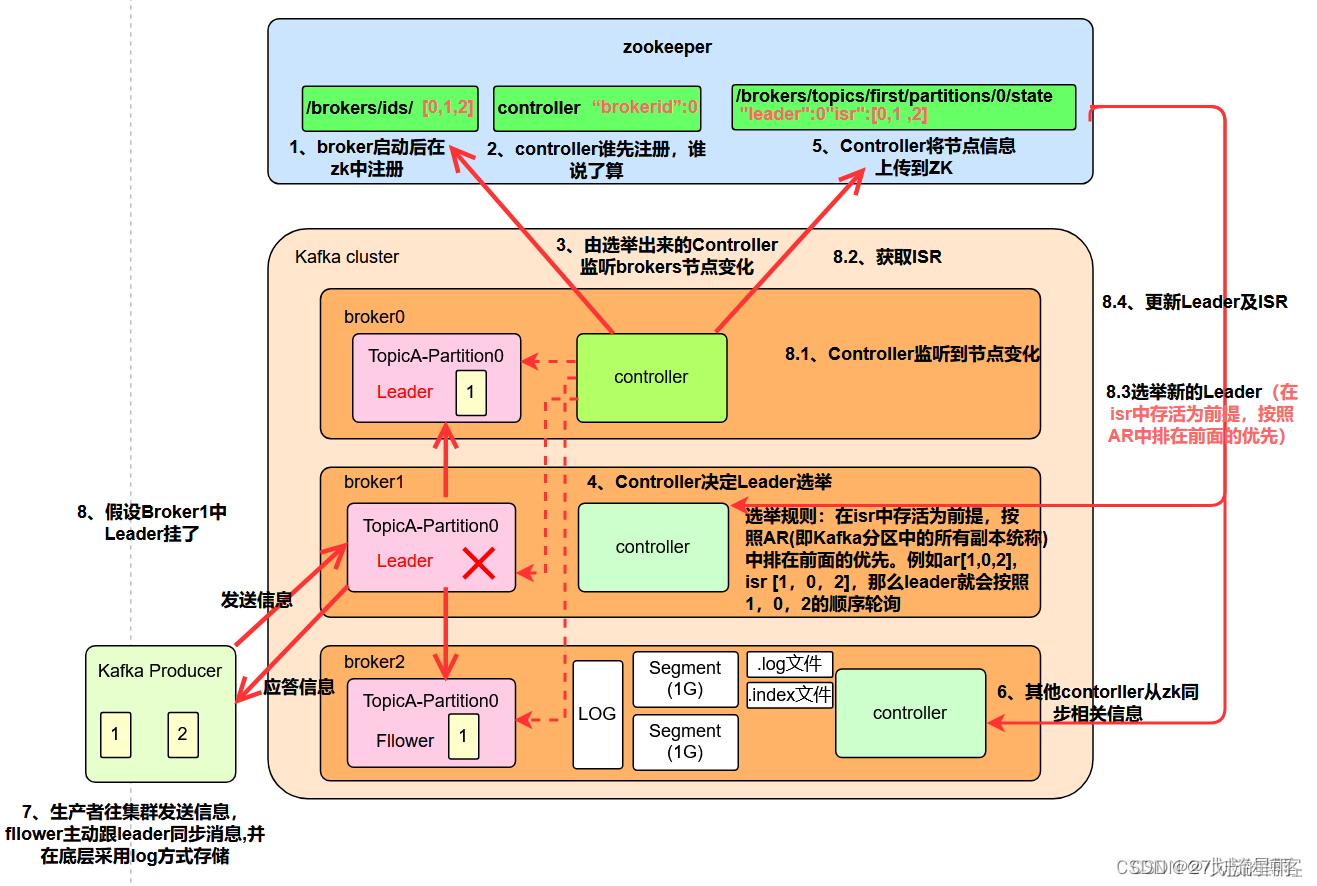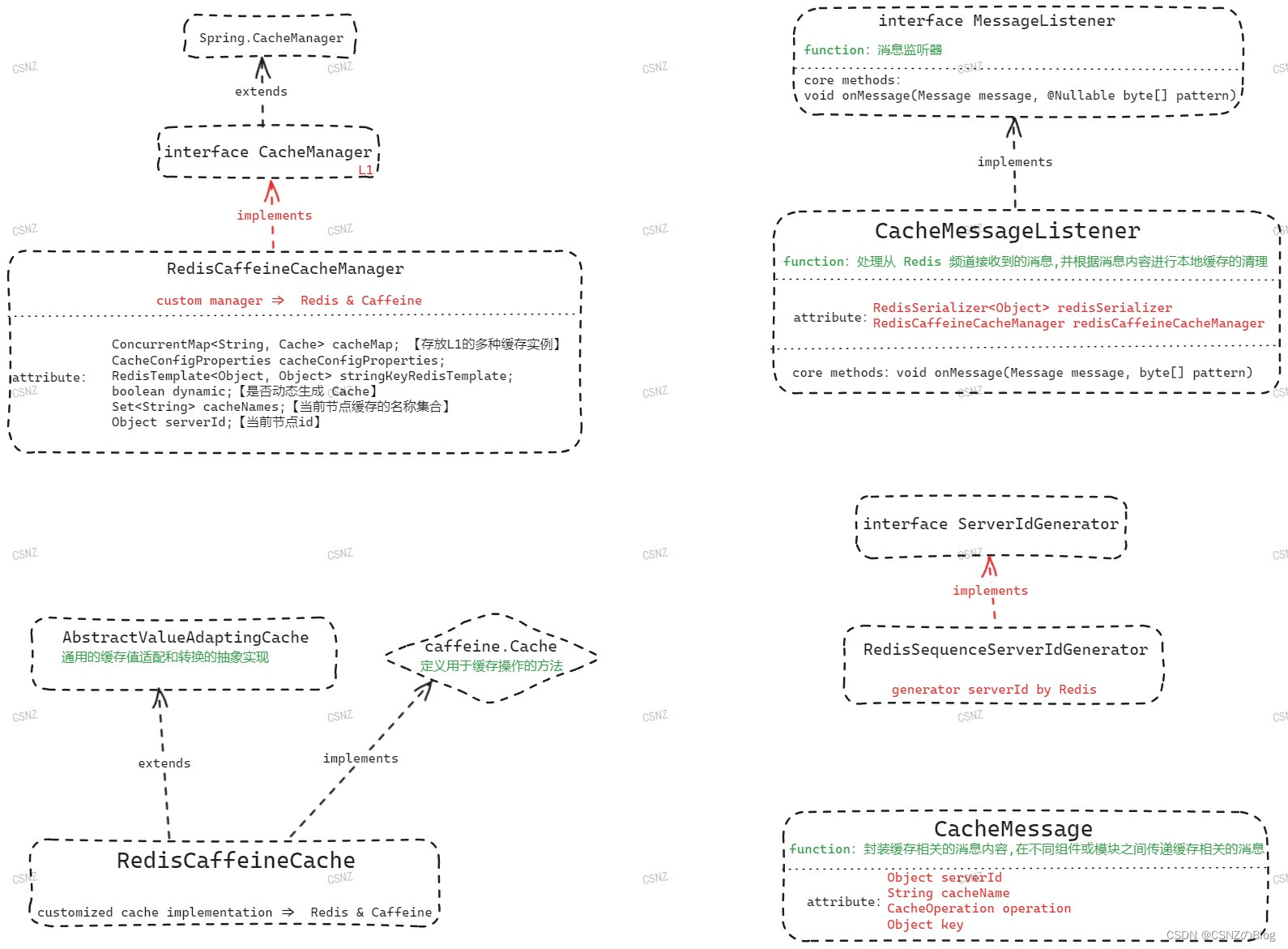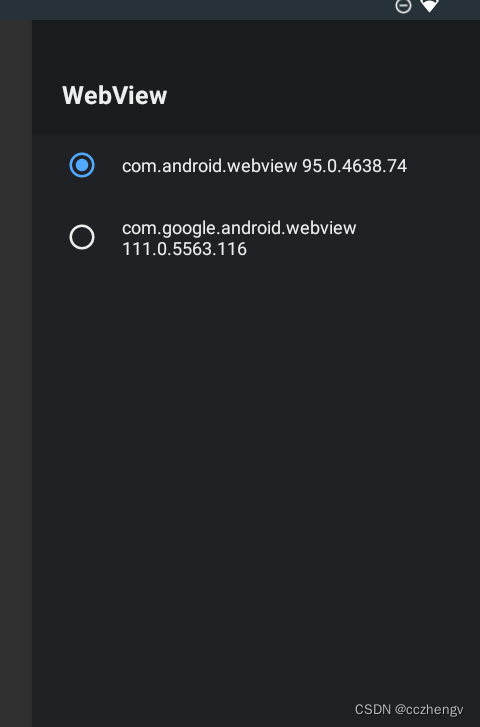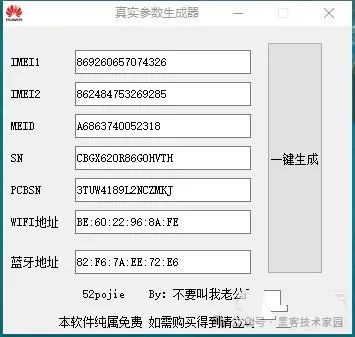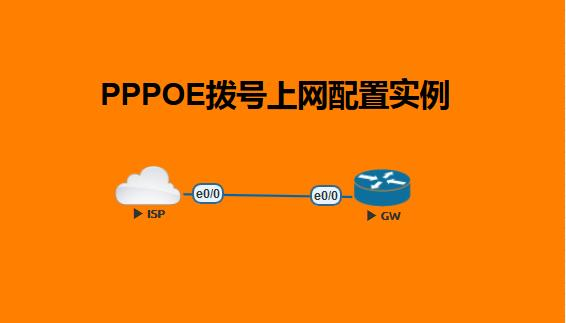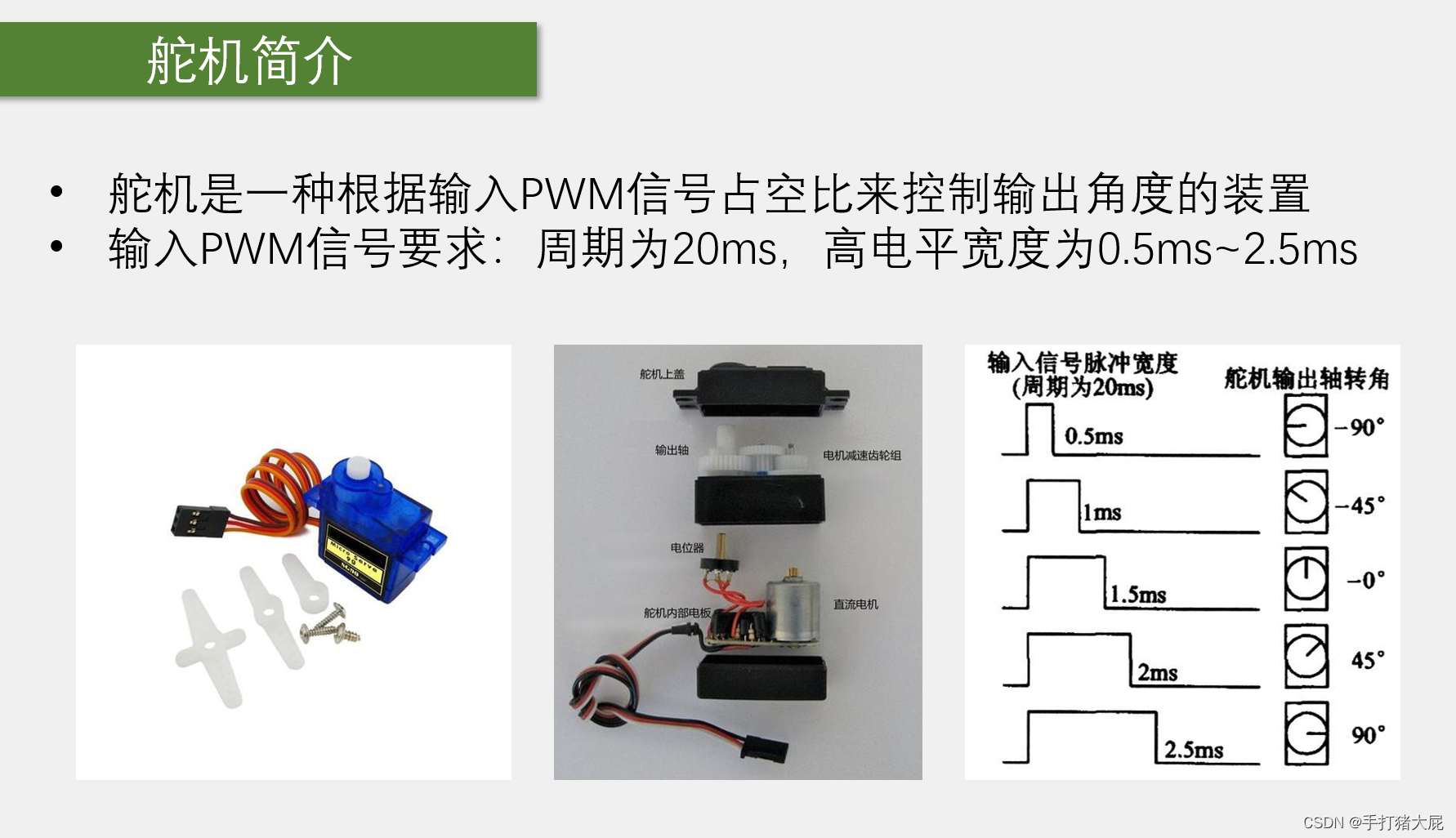将json对象转为xml进行操作属性
文章目录
- 将json对象转为xml进行操作属性
- 前端发送json数据格式
- 写入数据库格式-content字段存储(varchar(2000))
- Question实体类-接口映射对象
- QuestionContent 接收参数对象
- DAO持久层
- Mapper层
- Service层
- Controller控制层接收
- xml与对象互转处理
- pom.xml引入
- 查询功能-xml以json返回页面
前端发送json数据格式
{
"questionContent": {
"title": "3. Fran正在构建一个取证分析工作站,并正在选择一个取证磁盘控制器将其包含在设置中。 以下哪些是取证磁盘控制器的功能? (选择所有适用的选项。)",
"choiceImgList": {},
"choiceList": {
"A": "A. 防止修改存储设备上的数据",
"B": "B. 将数据返回给请求设备",
"C": "C. 将设备报告的错误发送给取证主机",
"D": "D. 阻止发送到设备的读取命令"
}
}
}
写入数据库格式-content字段存储(varchar(2000))

content字段落入库中的格式
<QuestionContent>
<title>Lisa正在试图防止她的网络成为IP欺骗攻击的目标,并防止她的网络成为这些攻击的源头。 以下哪些规则是Lisa应在其网络边界配置的最佳实践?(选择所有适用的选项)
</title>
<titleImg></titleImg>
<choiceList>
<entry>
<string>A</string>
<string>阻止具有内部源地址的数据包进入网络</string>
</entry>
<entry>
<string>B</string>
<string>阻止具有外部源地址的数据包离开网络</string>
</entry>
<entry>
<string>C</string>
<string>阻止具有公共IP地址的数据包进入网络</string>
</entry>
<entry>
<string>D</string>
<string> 阻止带有私有IP地址的数据包离开网络</string>
</entry>
</choiceList>
<choiceImgList/>
</QuestionContent>
Question实体类-接口映射对象
@XmlRootElement指定一个类为 XML 根元素。JAXB 是一种允许 Java 开发者将 Java 对象映射为 XML 表示形式,以及从 XML 还原为 Java 对象的技术。
Question 类被注解为 XML 根元素。当你使用 JAXB 序列化一个 Question 对象时,它将生成一个以 <Question> 为根元素的 XML 文档
import javax.xml.bind.annotation.XmlRootElement;
@XmlRootElement
public class Question implements Serializable {
private String content;
private QuestionContent questionContent;
}
QuestionContent 接收参数对象
使用@XStreamAlias("QuestionContent")为类指定别名。例如,为QuestionContent类指定别名,当使用XStream序列化对象时,<QuestionContent类指定别名>将作为根元素,而<title>将作为name字段的元素名。
import com.thoughtworks.xstream.annotations.XStreamAlias;
@XStreamAlias("QuestionContent")
public class QuestionContent {
@XStreamAlias("title")
private String title;
@XStreamAlias("titleImg")
private String titleImg = "";
@XStreamAlias("choiceList")
private LinkedHashMap<String, String> choiceList;
@XStreamAlias("choiceImgList")
private LinkedHashMap<String, String> choiceImgList;
public String getTitle() {
return title;
}
public void setTitle(String title) {
this.title = title;
}
public String getTitleImg() {
return titleImg;
}
public void setTitleImg(String titleImg) {
this.titleImg = titleImg;
}
public LinkedHashMap<String, String> getChoiceList() {
return choiceList;
}
public void setChoiceList(LinkedHashMap<String, String> choiceList) {
this.choiceList = choiceList;
}
public LinkedHashMap<String, String> getChoiceImgList() {
return choiceImgList;
}
public void setChoiceImgList(LinkedHashMap<String, String> choiceImgList) {
this.choiceImgList = choiceImgList;
}
}
DAO持久层
public interface QuestionMapper {
public void insertQuestion(Question question) throws Exception;
public void addQuestionKnowledgePoint(@Param("questionId") int questionId,
@Param("pointId") int pointId) throws Exception;
}
Mapper层
<?xml version="1.0" encoding="UTF-8"?>
<!DOCTYPE mapper PUBLIC "-//mybatis.org//DTD Mapper 3.0//EN"
"http://mybatis.org/dtd/mybatis-3-mapper.dtd">
<mapper namespace="com.extr.persistence.QuestionMapper">
<insert id="addQuestionKnowledgePoint">
insert into et_question_2_point
(question_id,point_id)
values
(#{questionId},#{pointId})
</insert>
<insert id="insertQuestion" parameterType="com.extr.domain.question.Question"
useGeneratedKeys="true" keyProperty="id">
insert into et_question
(name,content,question_type_id,create_time,creator,
answer,analysis,reference,examing_point,keygetQuestionListword,points)
values
(#{name},#{content},#{question_type_id},#{create_time},#{creator},
#{answer},#{analysis},#{referenceName},#{examingPoint},#{keyword},#{points})
</insert>
</mapper>
Service层
@Service("questionService")
public class QuestionServiceImpl implements QuestionService {
@Autowired
private QuestionMapper questionMapper;
@Override
@Transactional
public void addQuestion(Question question) {
// TODO Auto-generated method stub
try {
questionMapper.insertQuestion(question);
for (Integer i : question.getPointList()) {
questionMapper.addQuestionKnowledgePoint(question.getId(), i);
}
} catch (Exception e) {
throw new RuntimeException(e.getMessage());
}
}
}
Controller控制层接收
import com.extr.util.xml.Object2Xml;
@Controller
public class QuestionController {
@RequestMapping(value = "/admin/questionAdd", method = RequestMethod.POST)
public @ResponseBody Message addQuestion(@RequestBody Question question) {
question.setContent(Object2Xml.toXml(question.getQuestionContent()));
Message message = new Message();
try {
questionService.addQuestion(question);
} catch (Exception e) {
message.setResult("error");
log.Info(e.getClass().getName());
log.info(e);
}
return message;
}
}
xml与对象互转处理
package com.extr.util.xml;
import com.thoughtworks.xstream.XStream;
import com.thoughtworks.xstream.io.xml.DomDriver;
public class Object2Xml {
public static String toXml(Object obj){
XStream xstream=new XStream();
xstream.processAnnotations(obj.getClass());
return xstream.toXML(obj);
}
public static <T> T toBean(String xmlStr,Class<T> cls){
XStream xstream=new XStream(new DomDriver());
xstream.processAnnotations(cls);
@SuppressWarnings("unchecked")
T obj=(T)xstream.fromXML(xmlStr);
return obj;
}
pom.xml引入
用于将Java对象序列化为XML,以及从XML反序列化为Java对象。它提供了一种直观的方式来处理Java对象和XML之间的转换,而无需编写大量的映射代码或配置。
<!-- Xstream -->
<dependency>
<groupId>com.thoughtworks.xstream</groupId>
<artifactId>xstream</artifactId>
<version>1.4.2</version>
</dependency>
查询功能-xml以json返回页面
public class QuestionAdapter {
private QuestionContent questionContent;
@GetMapping("/some-endpoint")
public @ResponseBody String getQuestionContentAsJson((Question question)) {
this.questionContent = Object2Xml.toBean(question.getContent(),
QuestionContent.class);
question.setQuestionContent(this.questionContent);
try {
return objectMapper.writeValueAsString(this.questionContent);
} catch (Exception e) {
// 处理异常并返回适当的错误响应
}
// 如果没有错误,但您仍然想返回一个默认的或空的JSON,您可以这样做:
return question; // 或任何其他您想要的默认JSON
}
}
